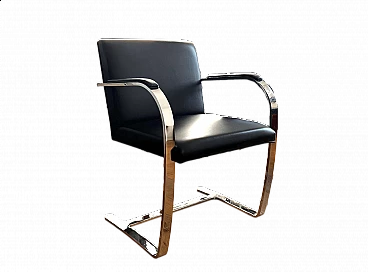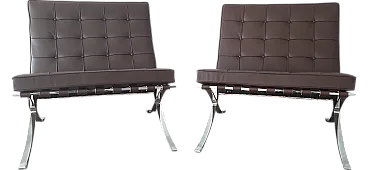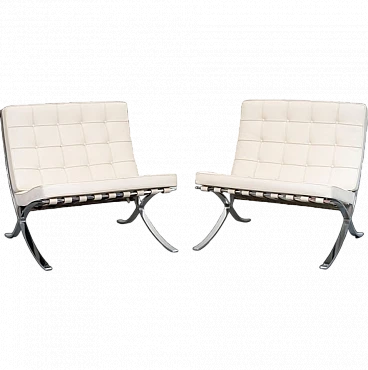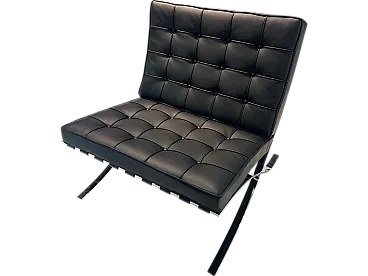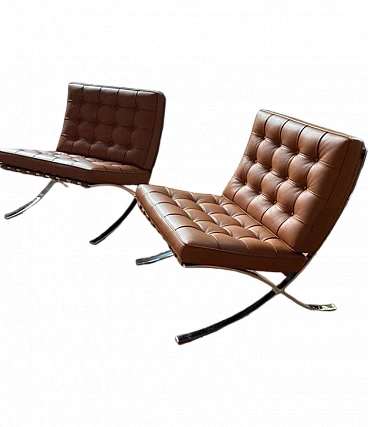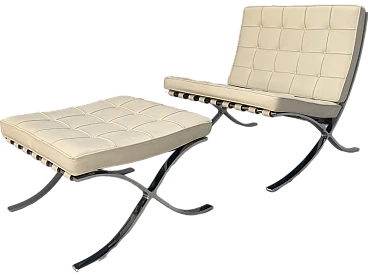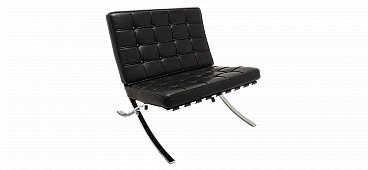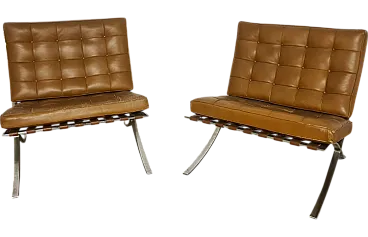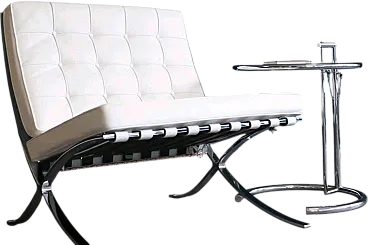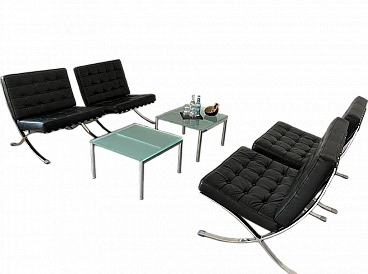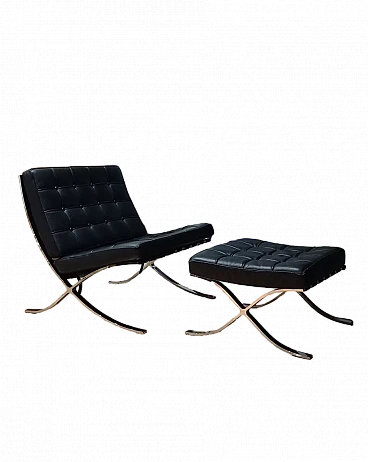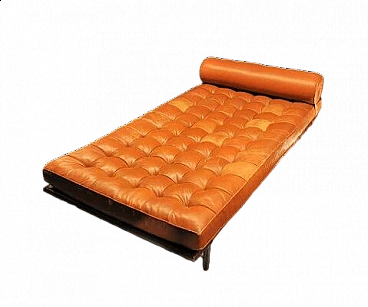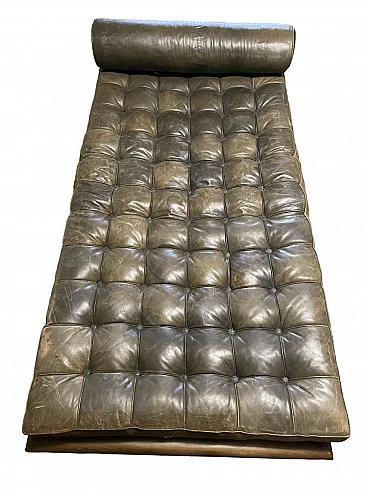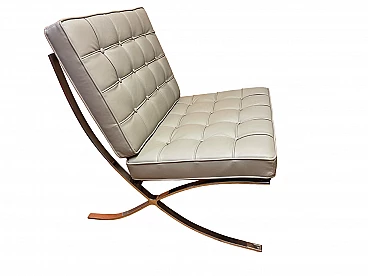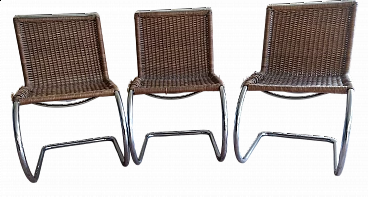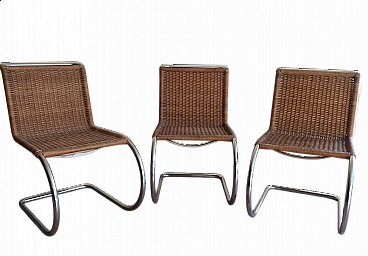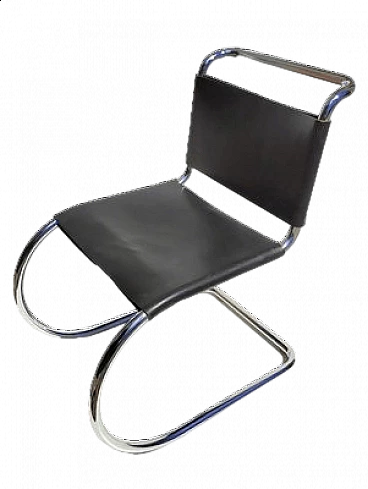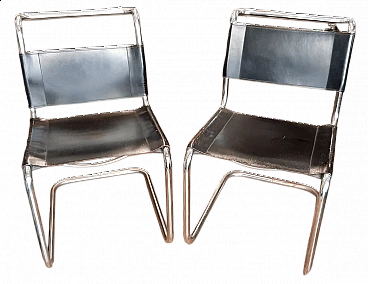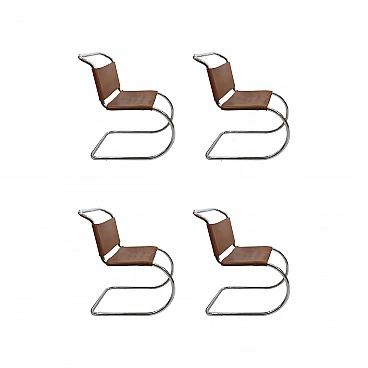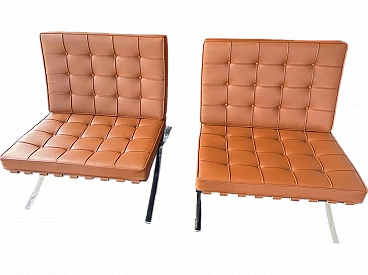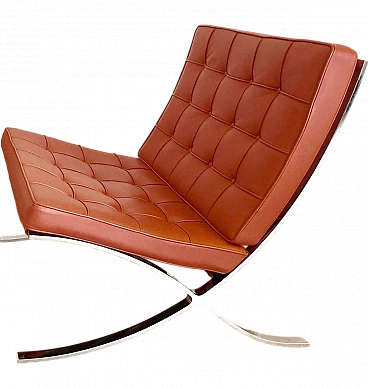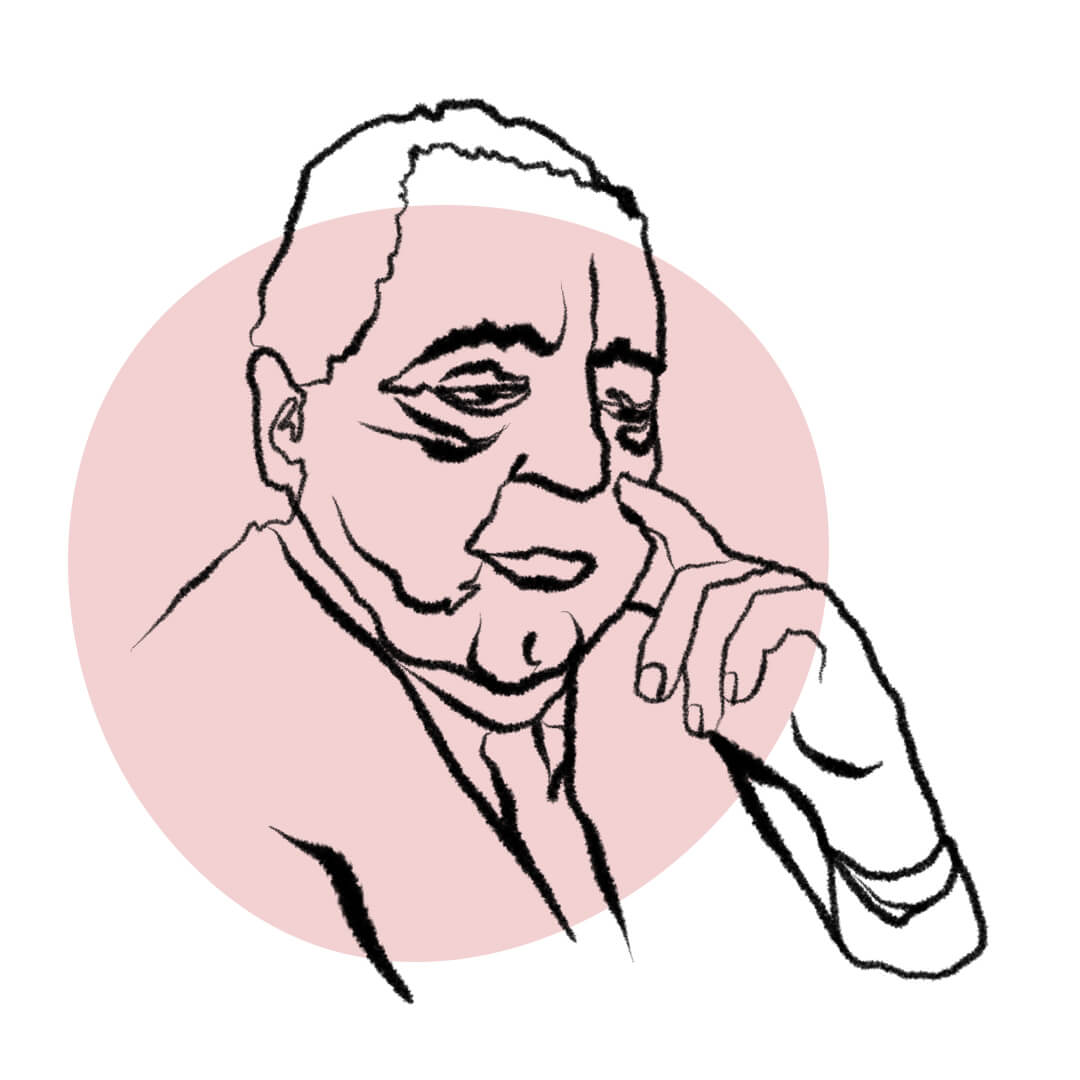
Ludwig Mies van der Rohe
Inventor of the “less is more” motto that enhances essentiality, German architect Ludwig Mies van der Rohe (Aachen, 1886 - Chicago, 1969), moved to Berlin at the age of 19. He studied at the Academy of Fine Arts and worked in the studio of Peter Behrens, one of the masters of architecture of the time, collaborating with Walter Gropius and Le Corbusier, experiences that forged his architectural language, based on discipline and the rigor of forms. In 1929 he projected the German pavilion at the Barcelona Expo, furnishing it with his Barcelona armchair made of chromed steel and leather, inspired by the folding seats of ancient Egypt. Director of the Bauhaus from 1930 to 1932, due to the rise of Nazism, in the late 30s van der Rohe moved to the United States to Chicago; here he designed his first private residence, Farnsworth House, made entirely of glass walls. Glass was the basis element for numerous buildings he conceived in the last twenty years of his life, based on the simplicity of forms, such as the Seagram Building skyscraper in New York (1958), described as the ultimate International Style icon. "Less is more" has become an expression applied from architecture to industrial design, up to technology and fashion.
Meet the designers
Gio Ponti
Piero Fornasetti
Fratelli Castiglioni
Joe Colombo
Nanda Vigo
Ettore Sottsass
Marco Zanuso
Luigi Caccia Dominioni
Ico Parisi
Charles & Ray Eames
Gae Aulenti
Pietro Chiesa
Vico Magistretti
Giotto Stoppino
Afra & Tobia Scarpa
Carlo Nason
Marcello Cuneo
Vittorio Dassi
Paolo Buffa
Max Ingrand
Gastone Rinaldi
Pia Guidetti Crippa
Gaetano Pesce
Richard Sapper
Ingo Maurer
Gabriella Crespi
Paul McCobb
Paul Tuttle
Nendo Design
Alvaro Siza
Carl Jacob Jucker
Ernesto Basile
Sergio Mazza
Osvaldo Borsani
Oscar Torlasco
Le Corbusier
Willy Rizzo
Gaetano Sciolari
Carlo De Carli
Angelo Lelli
Gino Sarfatti
Marcel Breuer
Carlo Scarpa
Massimo & Lella Vignelli
Claudio Salocchi
Toni Zuccheri
Aldo Tura
Verner Panton
Giancarlo Piretti
Gianfranco Frattini
Guglielmo Ulrich
Franco Albini
Philippe Starck
Angelo Mangiarotti
Enzo Mari
Tito Agnoli
Kazuide Takahama
Eero Saarinen
Ludwig Mies van der Rohe
Carlo Ratti
Alessandro Mendini
Mario Bellini
Cleto Munari
Carlo Mollino
Bruno Munari
Hans J. Wegner
Vladimir Kagan
Studio BBPR
Giovanni Michelucci
Norman Foster
George Nelson
Paolo Venini
Gerrit Rietveld
The Italian marketplace for art, design and vintage furniture







.png)





